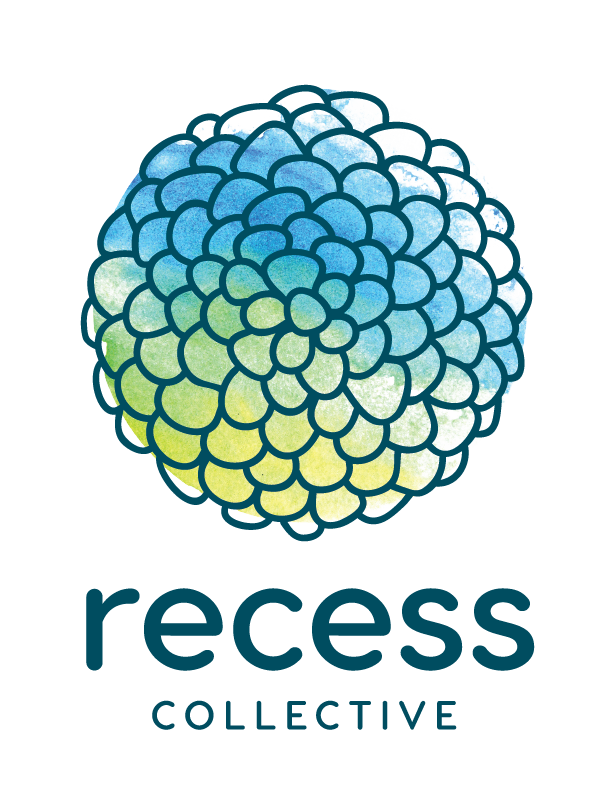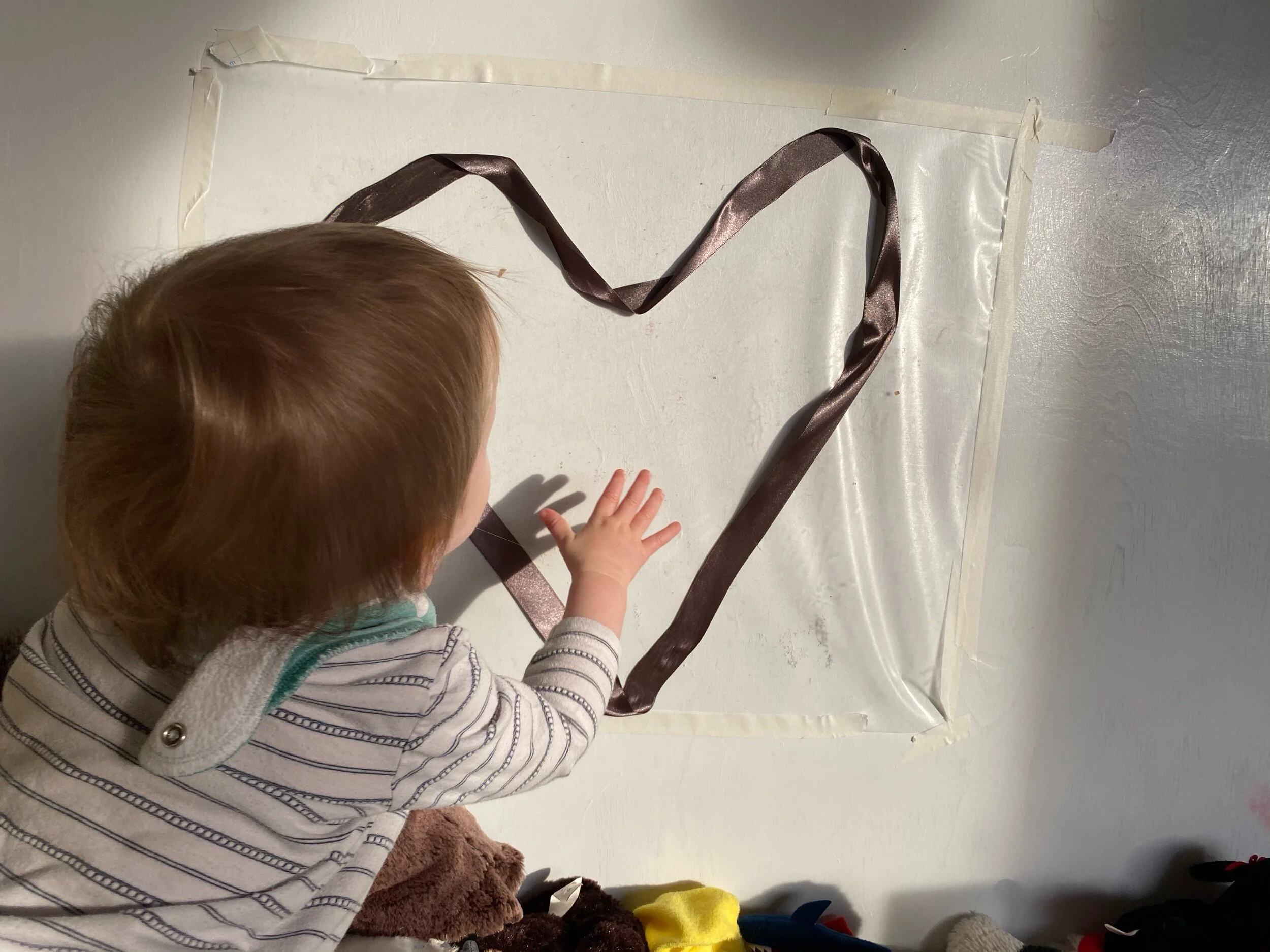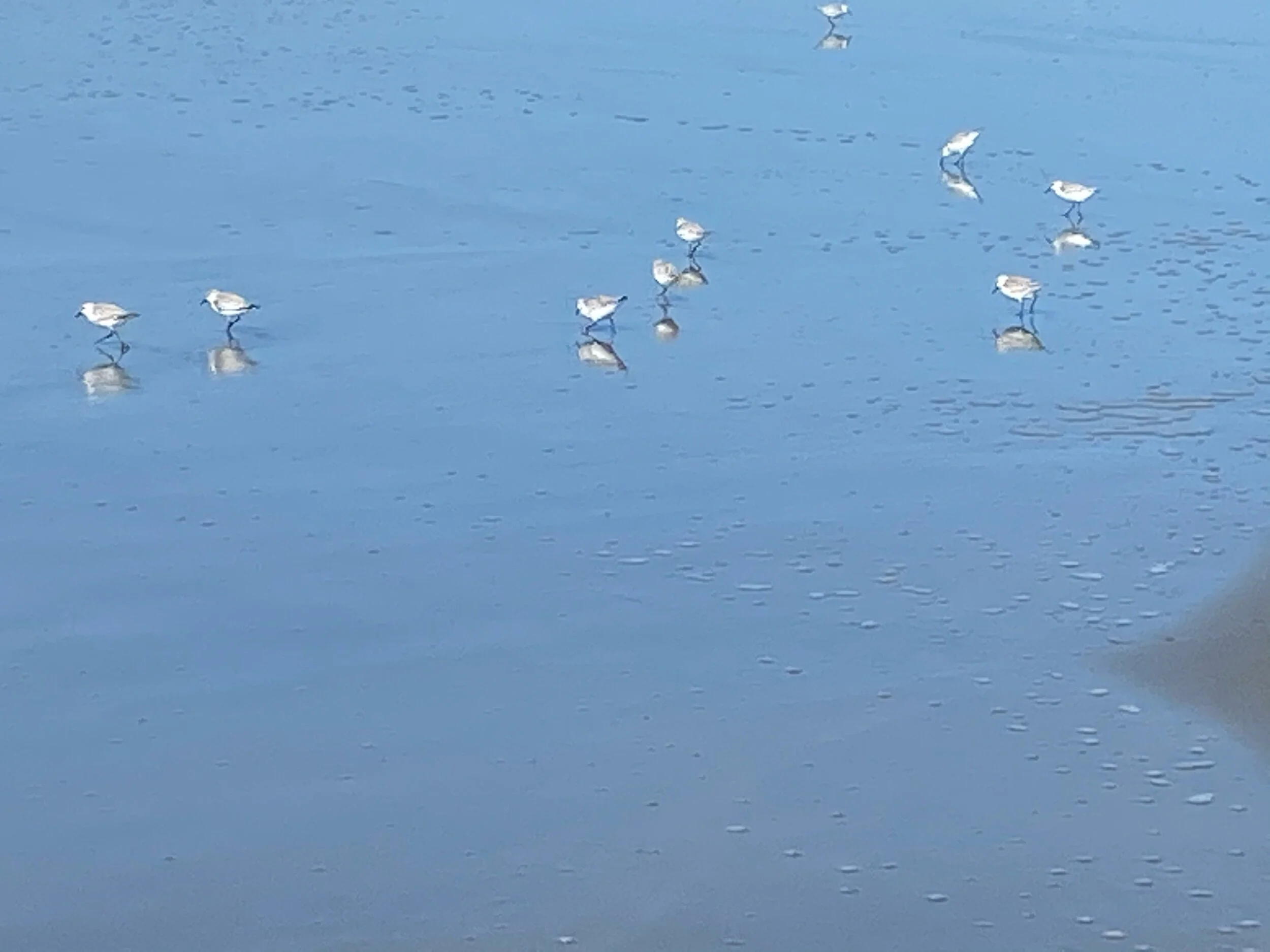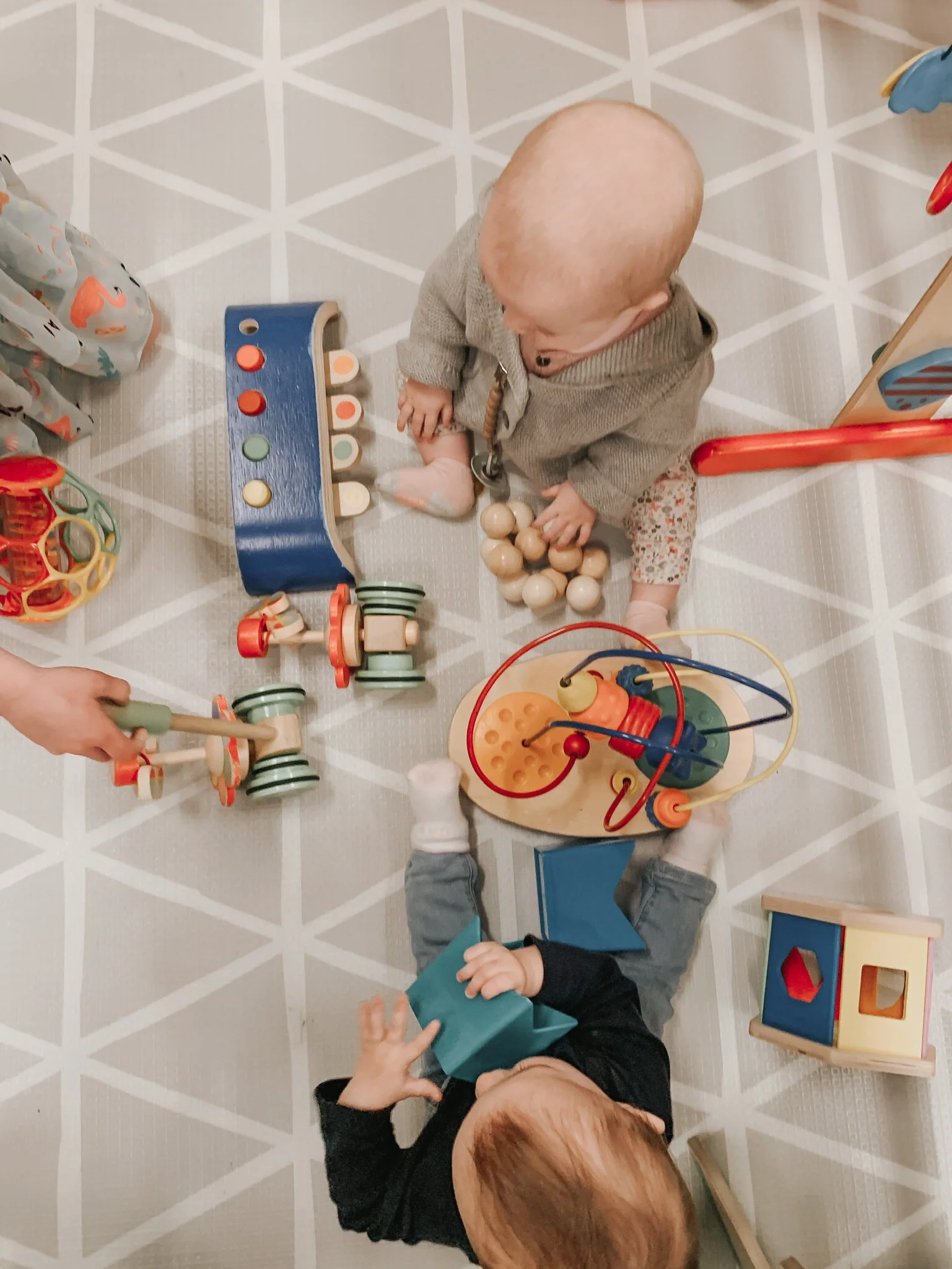Sensory play is a marvelous way to engage infants in stimulating experiences that promote their overall development.
By utilizing their senses, particularly through activities like playdough play, infants can enhance their fine motor skills, cognitive abilities, language development, and more. In this blog post, we'll explore a few engaging (and actually pretty easy!) ideas for incorporating sensory play into your home environment!
1. Playdough Exploration:
Playdough is a sensory powerhouse, providing endless opportunities for little ones to engage their senses and develop various skills. Here are a few ideas to try:
a) Squish and Squeeze: Encourage infants to feel the texture of playdough by squishing and squeezing it with their hands. This helps improve their fine motor skills, hand-eye coordination, and tactile sensitivity.
b) Shape and Mold: Introduce various tools like cookie cutters, plastic knives, or rolling pins to help infants shape and mold the playdough. This activity strengthens their finger muscles, promotes creativity, and enhances spatial awareness.
c) Color Mixing: Add excitement by using different colors of playdough. Allow infants to explore mixing primary colors to create secondary colors. This not only enhances their understanding of colors but also stimulates their cognitive and problem-solving abilities.
Find our favorite recipe here: theimaginationtree.com/blog/best-ever-no-cook-play-dough-recipe/
2. Sensory Bins:
Sensory bins are fantastic for engaging multiple senses and providing a rich play experience. Here's a simple sensory bin idea:
a) Nature Sensory Bin: Fill a shallow container with items like sand, dried leaves, pinecones, or smooth pebbles. Allow infants to touch, explore, and feel the different textures. This sensory experience helps develop their tactile sensitivity, cognitive skills, and encourages curiosity about the natural world.
3. Mess-Free Sensory Bags:
Mess-free sensory bags are an excellent option for sensory play without the cleanup hassle. Try the following:
a) Colorful Gel Bag: Fill a sealed plastic bag with a mixture of hair gel, food coloring, and small objects like sequins or plastic animals. Infants can squish, press, and move the objects within the gel, stimulating their senses and fine motor skills.
b) Water Bead Bag: Place water beads inside a sealed bag and let infants gently press and squeeze them. The smooth texture and cool sensation provide a soothing sensory experience while improving their hand strength and coordination.
Sensory play, including the delightful world of playdough, opens up a world of exploration and development for infants. By engaging their senses, they enhance their fine motor skills, cognitive abilities, and more. Incorporating sensory play at home can be simple and exciting, fostering a love for learning and exploration from an early age.
Here are some of our favorite sites to gather ideas!
Certainly! Here's another website that provides sensory play ideas:
TinkerLab (https://tinkerlab.com/): TinkerLab is a wonderful resource for fostering creativity, curiosity, and hands-on learning through sensory experiences. The website offers a wide range of sensory play ideas, art projects, and science experiments that engage children's senses and spark their imagination. Rochelle, at TinkerLab, provides step-by-step instructions, helpful tips, and beautiful visuals to guide you through the sensory play activities.
The Imagination Tree (https://theimaginationtree.com/): This website offers a plethora of sensory play ideas and activities for children of all ages. From sensory bins to homemade playdough recipes, you'll find a wide range of creative and engaging ideas to inspire sensory exploration.
Hands On As We Grow (https://handsonaswegrow.com/): Hands On As We Grow provides a variety of sensory play ideas and activities designed to engage children's senses while promoting learning and creativity.
So, gather some playdough, create sensory bins, or try out sensory bags to embark on a sensory adventure with your little ones. Watch as they grow, learn, and have a blast while developing essential skills along the way. Happy playing!










